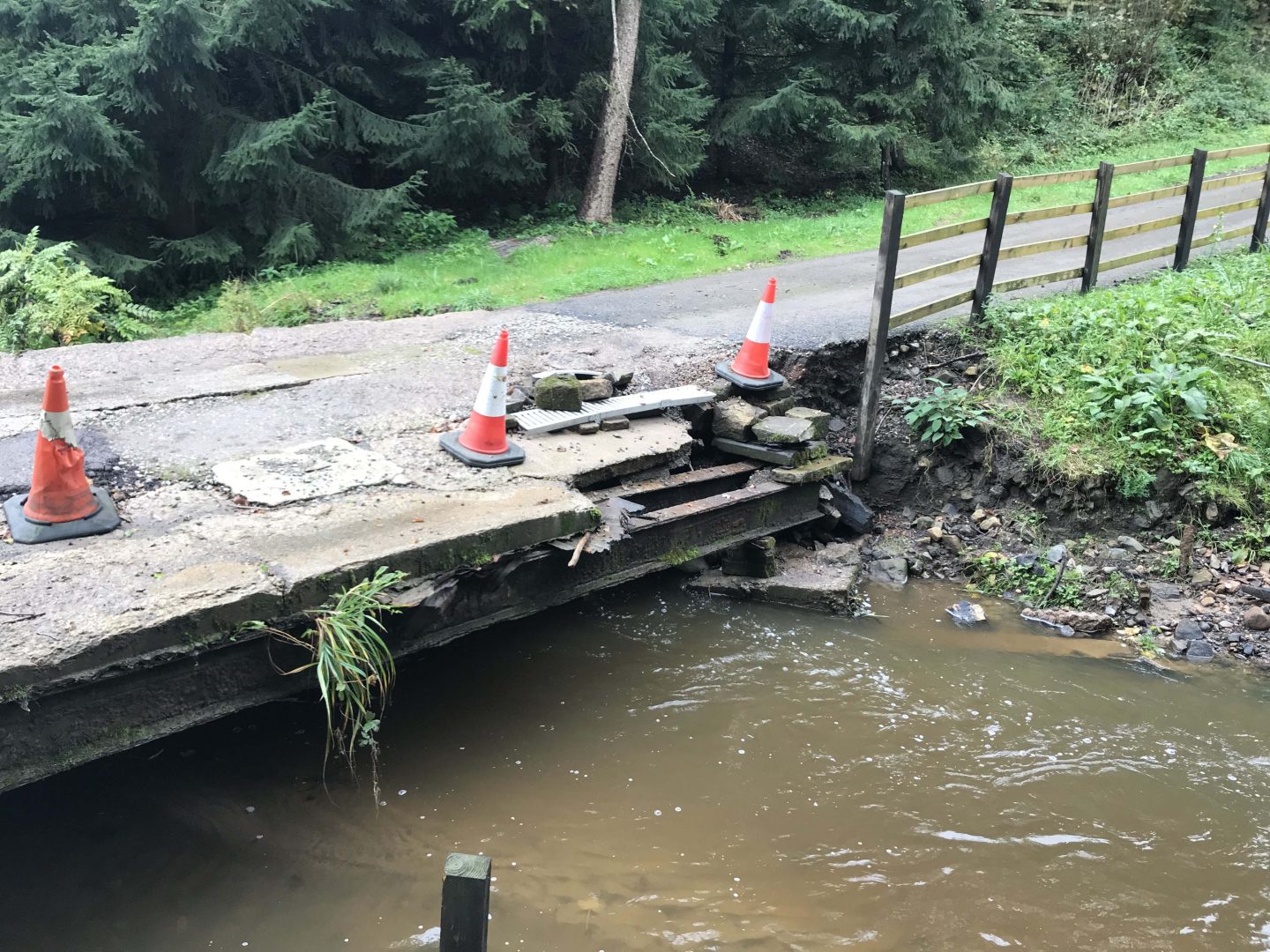Viewpoint: The essentials for avoiding construction disputes are as easy as 1-2-3
Development Services | Darren Ward | 25 June 2019There are endless specific reasons why construction disputes arise. Our experience suggests they generally come from uncertainty, disagreements and change.
A well-planned project can mitigate the effects of all three, but too often pressure on the delivery team leads to inadequate preparation and compromises are balanced against risks. So, in general terms, what are the essentials?
1. Uncertainty
There is always uncertainty in any major project. Assuming that the contract information has been prepared as diligently as possible and ambiguities have been identified and minimised at the outset, the key to dealing with uncertainty is to ensure that a realistic amount of time, money and resources are included in the project plan to resolve inevitable unforeseen issues.
In terms of project delivery, the worst-case scenario is not usually acceptable. However, the team must not be too optimistic either. In most cases, it is possible to make allowances based on experience.
2. Disagreements
Personal disagreements can arise for sure, but in most cases the biggest problem is where there is unclear contract information. This can be interpreted differently by opposing parties. Missing information, which by definition has not been agreed between the parties in the contract, can similarly lead to disagreement.
The standard forms of contract e.g. JCT and NEC, are generally well understood and the publishers issue guidance notes on their use.
Unfortunately, many corporate employers require substantial contract amendments, drafted by lawyers, to be included with the standard forms. Usually, these are agreed between commercial legal teams but if they are not clearly understood by the people carrying out the project, there will be problems.
Contract information prepared by surveyors or engineers often contains discrepancies, errors and poor wording which can also lead to dispute. Clearly, a thorough internal ‘QA’ review of such documentation is needed before it is issued for pricing.
3. Change
Some changes can be anticipated, such as works required to remove asbestos, and appropriate procedures, time, money and resources can be allowed for in advance. Unplanned changes require quick reactions, as everyone knows time is money, especially in the middle of a large construction project.
A good contract will include mechanisms for dealing with change, but really the key to dealing with the unexpected is having experienced personnel who can make sound decisions in a timely manner. Where necessary, additional experts should be appointed to support the team and provide specialist advice. Usually, such input can be justified by a quick cost benefit assessment.
So, what does good look like?
All manner of potential disputes can be minimised if clients appoint an experienced project manager at the outset together with an expert design team comprising an architect, engineers, etc. It is worth noting here that a key player in the design team, to be appointed by law, is the Principal Designer who is responsible for safety in construction and needs to be involved at the outset to avoid late design changes.
The project team will compile a risk register covering potential problems that may arise. The risk register is then developed with appropriate measures to be actioned, to reduce the impact of risks – and therefore potential conflicts – wherever possible.


